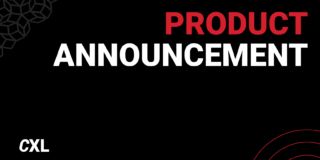7 Creative Product Marketing Examples to Inspire Your Next Campaign

On-point product marketing is why Webflow was able to enter the no-code website market with competitors like Wix and Squarespace and still generate 4 million monthly users. Brands like Webflow, Drift, and Close prove you can grow and succeed in a completely saturated market.
With everyone else seeking to beat out the competition, you need to find a way to do it differently, better.
Product marketers lead the business to where they need to play in order to win.
In this article, we’ll break down seven product marketing examples from brands that put their audience first and communicate value to stand out from the competition. You’ll learn why they work, with key takeaways to inspire your marketing efforts.








